One area of taxation that has seen significant change in the last few years is sales and use tax. Wegmann Dazet’s Allison Civello, CPA explains that due to changes to sales tax nexus, some businesses might not be paying required use taxes, or they might be paying the tax to the wrong jurisdiction, or they might be missing potential refund opportunities. She advises business owners to ask, “Is it time for a sales and use tax check-up?”
A seismic shift in this area of taxation occurred in 2018 with the South Dakota v Wayfair Supreme Court case, in which the Court held that the “physical presence” requirement for sales tax set out in previous cases was unsound. This decision, commonly known as “Wayfair”, created the opportunity for states to require the collection and remittance of sales tax on a prospective basis provided certain thresholds were met. Today, all states now have enacted laws creating nexus for the sale of tangible property into their state based upon thresholds, even if there is no physical presence in the state of the business doing the selling.
Background/Changes
As mentioned above, beginning in 2018 states were allowed to require that “remote sellers” register, collect, and remit taxes to their states. The general definition of a remote seller is an entity that sells tangible property, delivered via common carrier, into a state where they do not have either an office, warehouse, or consignment inventory and do not have any sales representatives (W-2 employees or 1099 reps) making sales calls into the state. As in the past, if a company has a salesperson making sales calls into a state, uses company-owned vehicles to make deliveries, or provides services (installation and/or repairs, for example) that company has always had sales tax collection requirements, because these activities create a physical presence for sales tax purposes.
Is your business reporting, collecting, and remitting sales tax correctly?
It is a common misconception that sales taxability is based on the laws of the business’s home state. The reality is that the taxability of the transaction is generally determined by where the sale ends, and each state has its own laws on this. These laws include:
- what types of buyers are exempt from paying sales tax
- what support is needed to prove a transaction is non-taxable
- what types of tangible goods are taxable
- what types of “intangible” goods are taxable
- what types of services are taxable
Determining the tax owed to each jurisdiction is not easy; there are over 13,000 different tax jurisdictions across the country (including 38 states where local sales taxes are collected), and each jurisdiction can change its rate. This is where software is important. As electronic commerce has expanded, so has the software options that calculate and file sales tax returns. Finding the one that works with the balance of your accounting software and is appropriate for the size of your company, with room for growth, is an important decision. Because of the many different tax jurisdictions, some businesses might not be paying required use taxes, or they might be paying the tax to the wrong jurisdiction, or they might be missing potential refund opportunities. Business owners ask yourself, “Is it time for a sales and use tax check-up?”
Is your business paying the correct amount of sales tax?
Your business is generally supposed to collect and remit sales tax on your sales. Your business is also supposed to pay sales tax on items that are used (i.e., not part of something that is later resold). While many vendors have started collecting sales tax since the Wayfair decision, there are still instances when they may not have met the threshold requirements for the location where the item is shipped. This means the company owes “use tax,” a self-assessed equivalent to sales tax. Use tax may also be due on items that are used in various jurisdictions as an item is moved and literally used. The construction industry has the largest exposure for this when tools and machinery are moved and used in various locations; machine leasing can also be an area of exposure.
Even if there is sales tax on an invoice, confirmation that it is the correct rate is needed. Depending on the purchase, the rate that should be charged may be less than standard retail, or the transaction may be exempt completely.
Other sales and use tax related issues
Registration
Because of the changes caused by Wayfair and the fluidity of sales tax nexus, whether you should be registered to collect and remit sales tax needs to be reviewed regularly. The filing threshold for most states is $100,000 delivered to that state during a year. For some states that threshold amount is calculated using the prior calendar year, in other states it is a rolling 12 months, and for other states that threshold is based on rolling quarters.
Exemptions
As a rule, all transactions are taxable “unless,” with that “unless” changing from state to state. As an example, in many states non-profits are not exempt from paying sales tax on items they use. For invoices that do not include sales tax, the most common support is an exemption certificate issued by the state for the goods/services being delivered. There is software, or modules within sales tax calculation software that will help track this information. Regardless or because of potential exemptions, you might find you’re not paying required use taxes, or you might be paying the tax to the wrong jurisdiction, or you might be missing potential refund opportunities.
Confused or concerned about your possible tax exposure in another state? Ask yourself is it time for a sales and use tax check-up? And call us today.
- IS IT TIME FOR A SALES AND USE TAX CHECK-UP? - December 5, 2022
- Legislative Update! Louisiana Partnership Requirements - February 18, 2022
- Louisiana Update: Tax Exemption for COVID-19 Relief Benefits - June 10, 2021


